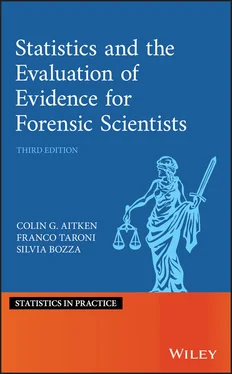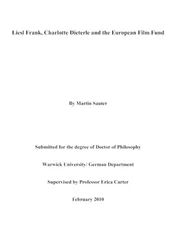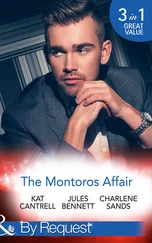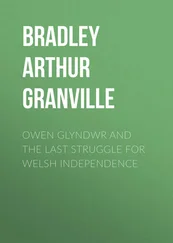Franco Taroni - Statistics and the Evaluation of Evidence for Forensic Scientists
Здесь есть возможность читать онлайн «Franco Taroni - Statistics and the Evaluation of Evidence for Forensic Scientists» — ознакомительный отрывок электронной книги совершенно бесплатно, а после прочтения отрывка купить полную версию. В некоторых случаях можно слушать аудио, скачать через торрент в формате fb2 и присутствует краткое содержание. Жанр: unrecognised, на английском языке. Описание произведения, (предисловие) а так же отзывы посетителей доступны на портале библиотеки ЛибКат.
- Название:Statistics and the Evaluation of Evidence for Forensic Scientists
- Автор:
- Жанр:
- Год:неизвестен
- ISBN:нет данных
- Рейтинг книги:3 / 5. Голосов: 1
-
Избранное:Добавить в избранное
- Отзывы:
-
Ваша оценка:
Statistics and the Evaluation of Evidence for Forensic Scientists: краткое содержание, описание и аннотация
Предлагаем к чтению аннотацию, описание, краткое содержание или предисловие (зависит от того, что написал сам автор книги «Statistics and the Evaluation of Evidence for Forensic Scientists»). Если вы не нашли необходимую информацию о книге — напишите в комментариях, мы постараемся отыскать её.
he leading resource in the statistical evaluation and interpretation of forensic evidence
The third edition of
is fully updated to provide the latest research and developments in the use of statistical techniques to evaluate and interpret evidence. Courts are increasingly aware of the importance of proper evidence assessment when there is an element of uncertainty. Because of the increasing availability of data, the role of statistical and probabilistic reasoning is gaining a higher profile in criminal cases. That’s why lawyers, forensic scientists, graduate students, and researchers will find this book an essential resource, one which explores how forensic evidence can be evaluated and interpreted statistically. It’s written as an accessible source of information for all those with an interest in the evaluation and interpretation of forensic scientific evidence.
Discusses the entire chain of reasoning–from evidence pre-assessment to court presentation; Includes material for the understanding of evidence interpretation for single and multiple trace evidence; Provides real examples and data for improved understanding. Since the first edition of this book was published in 1995, this respected series has remained a leading resource in the statistical evaluation of forensic evidence. It shares knowledge from authors in the fields of statistics and forensic science who are international experts in the area of evidence evaluation and interpretation. This book helps people to deal with uncertainty related to scientific evidence and propositions. It introduces a method of reasoning that shows how to update beliefs coherently and to act rationally. In this edition, readers can find new information on the topics of elicitation, subjective probabilities, decision analysis, and cognitive bias, all discussed in a Bayesian framework.

 ) and the control material (denote this by
) and the control material (denote this by  ). Denote the combination by
). Denote the combination by  . As a first example, consider the bloodstains of Example 1.1. The crime stain is
. As a first example, consider the bloodstains of Example 1.1. The crime stain is  , the recovered evidential material (i.e. evidential material whose source is unknown), and
, the recovered evidential material (i.e. evidential material whose source is unknown), and  is the genotype of biological material (e.g. blood, saliva swab) taken from the suspect under controlled conditions (i.e. so‐called control material whose source is known). From Example 1.2, suppose glass is broken during the commission of a crime.
is the genotype of biological material (e.g. blood, saliva swab) taken from the suspect under controlled conditions (i.e. so‐called control material whose source is known). From Example 1.2, suppose glass is broken during the commission of a crime.  would be the fragments of glass (the control material) found at the crime scene,
would be the fragments of glass (the control material) found at the crime scene,  would be fragments of glass (the recovered material) found on the clothing of a suspect, and
would be fragments of glass (the recovered material) found on the clothing of a suspect, and  would be the two sets of fragments.
would be the two sets of fragments. . Comparisons are made of the measurements made on recovered and control material. Denote these by
. Comparisons are made of the measurements made on recovered and control material. Denote these by  and
and  , respectively, and let
, respectively, and let  denote the combined set. Comparison of
denote the combined set. Comparison of  and
and  is to be made and the assessment of this comparison has to be quantified. The totality of the evidence is denoted
is to be made and the assessment of this comparison has to be quantified. The totality of the evidence is denoted  and is such that
and is such that  .
. ]. Most, if not all, of the amateurish efforts of all of us to justify our own evidence interpretations have been deficient in mathematical exactness and philosophical understanding. (pp. 435–436)
]. Most, if not all, of the amateurish efforts of all of us to justify our own evidence interpretations have been deficient in mathematical exactness and philosophical understanding. (pp. 435–436)










